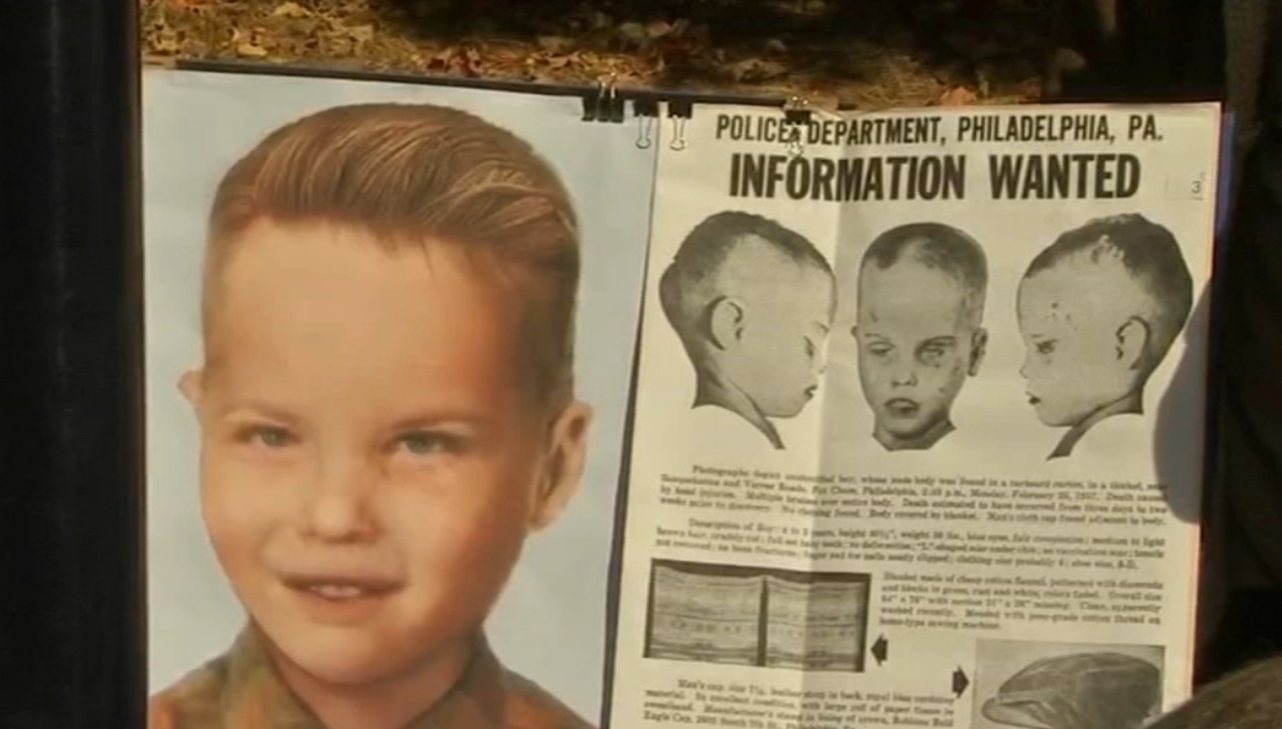November 2: Significant Moments in History

- October 27: A Journey Through History, Cultural Significance, and Cosmic Marvels
- October 29: A Day of Historic Transformations and Cosmic Discoveries
- October 30: A Day of Historical Significance
- October 31: A Day of Celebration, Reflection, and History
- November 1: A Day of Reflection, Celebration, and Historical Significance
November 2: Significant Moments in History
Marked by a tapestry of events that have formed civilizations and affected the arts, November 2 is a date rich in cultural and historical importance. This day captures a wide range of human experiences, from the melancholy commemoration of All Souls’ Day, which honors the deceased, to the birth of famous people like Marie Antoinette and Burt Lancaster.
Important turning points, like the first radio transmission and the admittance of North and South Dakota as U.S. states, demonstrate how communication has changed and how a country has developed. Furthermore, popular culture is still influenced by the literary heritage of novels like Bram Stoker’s Dracula. Examining the occasions that make up November 2 reveals a fusion of creativity, commemoration, and creative expression that deepens our comprehension of this singular historical moment.
All Souls’ Day

In the Christian tradition, November 2 is All Souls’ Day, a solemn day devoted to praying for the souls of the faithful gone, particularly those said to be in Purgatory. The idea behind All Souls’ Day is that people who have passed away might not have reached the holiness required to enter heaven directly, so prayers, alms, and Mass offerings are made to help their souls. It comes after All Saints’ Day, which is observed on November 1. Together, these two days are known as the “Commemorations of the Dead.”
All Souls’ Day has its roots in old traditions when families paid respect to the deceased, which date back to the early days of Christianity. St. Odilo of Cluny, a prominent Benedictine abbot, is frequently credited for formalizing All Souls’ Day by designating November 2 as a day for praying for departed souls in the tenth century. The Catholic Church adopted this practice extensively, and other Christian groups also follow it in different ways.
The offering of prayers and Masses for the souls in Purgatory, which is thought to help with their purification, is one of the unique customs associated with All Souls’ Day. Purgatory is seen as a place where souls go through cleansing before joining heaven in Catholic and certain Orthodox religions. The living can speed up these souls’ road to salvation by praying for them and reducing the amount of time they spend in this transitional condition.
All Souls’ Day falls in the later portion of Día de los Muertos, or the Day of the Dead, in Mexico and other Latin American countries. This festival creates lively ceremonies to memorialize and honor the deceased by fusing Catholic observances with indigenous customs. Families construct altars, adorn graves, and make offerings of their departed loved ones’ favorite foods and beverages. This custom emphasizes the lasting belief in the connection between the living and the dead as well as the cultural mixing that All Souls’ Day symbolizes.
First-Ever Radio Broadcast (1920)

An important milestone in the history of communication was reached on November 2, 1920: the first commercial radio transmission. Westinghouse Electric Corporation owns the Pittsburgh radio station KDKA, which carried this transmission. It focused on the live coverage of the U.S. presidential election, which saw Warren G. Harding defeat James Cox. In addition to captivating listeners, this broadcast made radio a potent tool for mass communication.
Amateur radio hobbyists and ship-to-shore communication were the main uses of radio technology at the time. Westinghouse engineer Frank Conrad developed a devoted following among local listeners by experimenting with radio broadcasts from his home. Westinghouse backed Conrad’s efforts and founded KDKA as the first licensed commercial radio station after realizing the promise of radio as a medium for information sharing.
From a tiny studio on top of the Westinghouse building, the program gave listeners the election results in real time, which was a novel idea for the general public. People could hear developments as they happened, rather than waiting for the next day’s news to be reported in the newspapers. This was groundbreaking at the time because it gave news reporting a sense of immediacy and demonstrated how radio could quickly and widely disseminate information.
Due to the popularity of KDKA’s program, radio stations rapidly expanded throughout the United States in the 1920s. Large numbers of people started buying radio sets, and before long, radios were a common sight in homes all throughout the nation. In a few of years, radio transmission included music, drama, and live events in addition to news, completely altering how people listened to and enjoyed entertainment.
The radio business, which developed into a significant power in the fields of entertainment, culture, and public debate, was established by KDKA’s election night broadcast in 1920.
Birth of Marie Antoinette (1755)

Born in Vienna, Austria, on November 2, 1755, Marie Antoinette was the final queen of France before to the French Revolution. She was raised in the splendor of the Austrian Habsburg court and was the fifteenth and penultimate child of Austria’s Empress Maria Theresa and Holy Roman Emperor Francis I. Her early years were greatly impacted by her mother Maria Theresa’s political aspirations, which aimed to increase Austrian power through diplomatic marriages, even though she was raised with much affluence and a good education.
As part of a political alliance between Austria and France, Marie Antoinette married the future King Louis XVI of France when she was barely 14 years old. Although the goal of this union was to reduce tensions between the two countries, it really signaled the start of a turbulent period for both her and France. In addition to her Austrian ancestry, she was immediately under examination in the French court for her luxurious lifestyle, which gained notoriety as France’s economy deteriorated.
During her reign as queen, Marie Antoinette came to represent the extravagance of the French monarchy. She was well-known in the Palace of Versailles for her extravagant attire, numerous parties, and lavish spending. The public’s discontent with the monarchy was heightened by her seeming disregard for the hardships of regular people, even if many of the tales about her were unfounded or inflated, such as the well-known but unconfirmed saying “Let them eat cake.”
When the royal family was overthrown and imprisoned during the French Revolution, her life took a sad turn. Marie Antoinette was put to death by guillotine in 1793 following a brief trial. She is nevertheless regarded as a timeless historical figure in spite of her contentious life, representing both the excesses of the monarchy and the nuanced part she played in one of the most revolutionary eras in history. Many books, movies, and discussions on her actual role in the downfall of the French monarchy have been sparked by her legacy, which has continued to enthrall historians, artists, and members of the general public.
Founding of North and South Dakota as US States (1889)

North and South Dakota became the 39th and 40th states to formally join the Union on November 2, 1889. This was a significant milestone in the American frontier’s colonization and a turning point in the country’s growth. The present states of North Dakota, South Dakota, Montana, and Wyoming were all part of the Dakota Territory when it was first established in 1861. Demand for independent statehood grew as more people settled in the area throughout time, mostly drawn by mining and agricultural prospects.
Debates about the Dakota Territory’s partition were prevalent in the years preceding statehood. Tension existed between the territory’s northern and southern regions due to disparities in regional identity and economic interests. Southerners were especially keen to become a state and sought to break away from the north to create their own state. Congress decided to split the region along the 46th parallel after years of discussion, designating Pierre as the capital of South Dakota and Bismarck as the capital of North Dakota.
On November 2, both Dakotas were granted statehood by proclamations issued by President Benjamin Harrison. In order to prevent North Dakota and South Dakota from claiming to be the “older” state, he symbolically jumbled the documents to make it difficult to tell which was which. As a result, they are frequently ranked as the 39th and 40th states in alphabetical order. The Dakotas’ inclusion demonstrated the federal government’s dedication to populating the West and advancing these recently admitted states.
The statehood of North and South Dakota solidified the Dakotas’ position in the Union and boosted the country’s economy by highlighting the importance of the Great Plains to the US and creating new prospects for commerce, infrastructure, and agriculture.
The influential novel “Dracula” in 1897

One of the most iconic figures in horror literature, Count Dracula, was originally presented to readers in the United Kingdom in 1897 by Irish novelist Bram Stoker’s novel Dracula. Later, on November 2, 1897, it was made available in the US. Despite its initial negative reviews, Dracula’s release solidified the vampire concept in Western popular culture and signaled a turning point in Gothic fiction. Through a sequence of letters, journal entries, and newspaper clippings, the novel’s inventive storytelling technique gave readers a sense of urgency and immediacy that was unprecedented at the time.
The narrative centers on Jonathan Harker, a young attorney who goes to Transylvania to help the enigmatic Count Dracula with a real estate deal. Harker quickly learns that Dracula is a centuries-old vampire with extraordinary abilities rather than just a regular guy. Following his escape from Dracula’s castle, Harker collaborates with a number of friends, including Dr. Van Helsing, his fiancée Mina, and others, to prevent Dracula from establishing his zombie empire in England.
Dracula’s themes, which dealt with sexuality, the conflict between contemporary science and antiquated superstitions, and concerns of alien invasion, struck a chord with the worries of late 19th-century society. The classic vampire, aristocratic, crafty, and deadly, who personifies both beauty and fear, is Stoker’s Dracula. Through Dracula, Stoker crafted a figure that reflected Victorian anxieties and ethical issues while also embodying the unknown.
Vampires have become a staple of horror genres thanks to Dracula’s many adaptations, which have included movies, TV shows, and other books. Since then, Dracula himself has evolved into an icon, with vampire visual standards being defined by adaptations such as the 1931 Bela Lugosi feature. Being one of the most important pieces of horror fiction and guaranteeing its position in cultural history, Stoker’s book still has an impact on the genre today.
Turkey earthquake (2011)

On November 2, 2011, a 5.6-magnitude earthquake occurred in Van, Turkey. Despite being very mild, it had disastrous effects because of the area’s previous seismic activity and structural weaknesses. Two weeks prior, on October 23, a significant 7.1-magnitude earthquake struck Van and nearby areas, significantly deteriorating already damaged infrastructure and placing survivors in an even more vulnerable position.
The earthquake, which was centered around 15 km south of Van, close to the village of Edremit, caused extensive damage, especially to houses that had already been damaged by the previous one. At least 40 people died in this tragedy, while scores more were injured. There was a dire scenario when survivors had few safe places to go since buildings and emergency shelters where people had sought shelter were impacted. Notably, two hotels in Van City fell, killing a number of people, including Turkish and international journalists who were documenting the aftermath of the previous earthquake.
The incident brought attention to Turkey’s ongoing problems with building standards. Despite Turkey’s location in one of the seismically active regions of the world, many of the destroyed constructions were not earthquake-resistant. The significance of earthquake-proofing structures and the necessity for more severe construction codes and enforcement nationwide were the topics of a fresh public discussion brought on by this tragedy.
Emergency personnel, troops, and foreign relief teams were quickly mobilized to help with search and rescue efforts, offer medical assistance, and distribute necessities like food, tents, and blankets as part of Turkey’s catastrophe response. The significance of disaster planning and preparation in areas vulnerable to similar natural disasters was again highlighted by the earthquake. The twin earthquakes in Van had a long-lasting effect, leading to changes in construction regulations and a heightened emphasis on disaster preparedness throughout Turkey.
Burt Lancaster’s birthday (1913)

Burt Lancaster was born on November 2, 1913, making him one of the most important and varied performers in Hollywood. Born from a working-class family in New York City, Lancaster first focused on sports and became a gymnast, which he later said helped him execute his own stunts in films. He had a brief career as an acrobat in the circus before becoming a Hollywood star with a career lasting over 40 years, thanks to his charm and athletic abilities.
His debut movie, The Killers (1946), marked Lancaster’s foray into Hollywood and quickly made him a household name. He stands out as an actor due to his rugged good looks, unique voice, and imposing physical presence. Lancaster played a variety of parts throughout the 1950s and 1960s that showed off his versatility. He received praise for his portrayals of strong, flawed, and occasionally morally complicated characters. One such performance was the Academy Award-winning part he performed as a charming but dishonest preacher in Elmer Gantry (1960).
Lancaster was a trailblazer behind the scenes in addition to being a gifted performer. He was one of the first performers to take charge of his own productions when he co-founded Hecht-Lancaster Productions in the 1950s. Lancaster was allowed to take artistic chances and feature in more audacious movies thanks to this production business, including Sweet Smell of Success (1957), in which he played a vicious gossip columnist.
Burt Lancaster left behind a legacy of change and enduring impact. His willingness to take chances, devotion to his craft, and attention to intricate narrative all contributed to redefining the position of the Hollywood leading man. Although Lancaster died in 1994, his movies are still regarded as masterpieces and serve as an inspiration to both performers and directors.
Conclusion
November 2nd is a day full of cultural celebrations and historical importance that touch on many facets of life. This day has commemorated significant events throughout history, from honoring the lives of the deceased on All Souls’ Day to honoring the birth of notable individuals like Marie Antoinette and Burt Lancaster. Crucial occasions like the first-ever radio broadcast and the release of Bram Stoker’s Dracula further emphasize the day’s influence on literature and communication. Last but not least, the United States’ expansion is reflected in the admittance of North and South Dakota. All of these factors work together to highlight November 2 as a day that has significance in history, culture, and commemoration.
You also may like: newstimzone.com/blog




















Veterans Day 2024: Honoring America's Heroes
November 2, 2024[…] November 2: Significant Moments in History […]
The 10 Most Dangerous Jobs in the World: Risks and Realities of High-Stakes Professions
November 2, 2024[…] November 2: Significant Moments in History […]